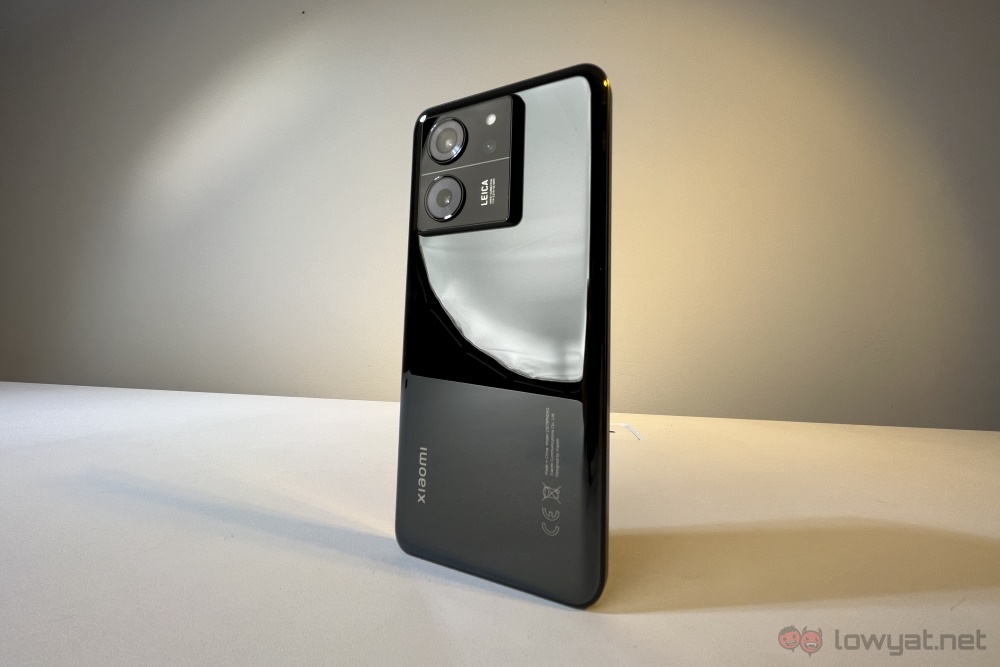The Xiaomi 13T Pro was launched back in September, in the brand’s usual fashion of supplementing its main numbered series entries. These usually come with some concessions, but it also means a more affordable device.
On paper, the Xiaomi 13T Pro is a fine phone and in practice, you may find that it works fine enough for you too. But, our review unit had some issues that may make or break your purchasing decision, but we’ll get to that in a bit.
Specifications
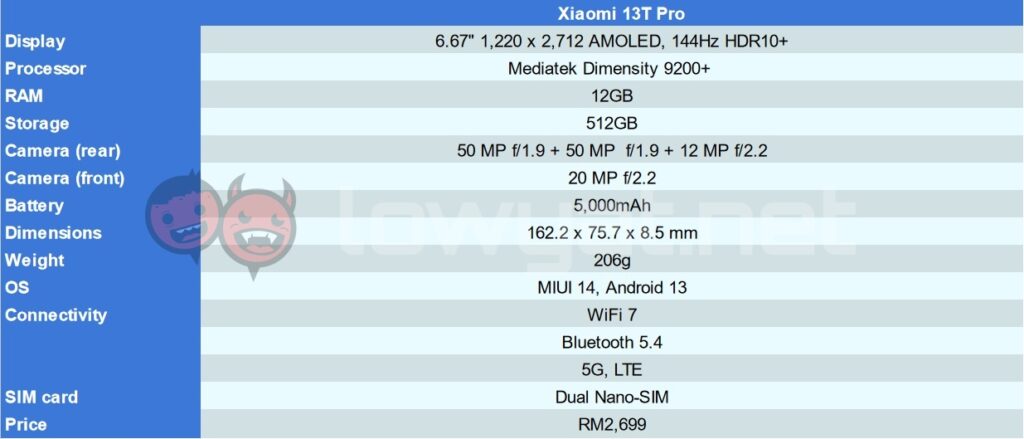
Unlike the main numbered entries which pack chipsets from Qualcomm, the Xiaomi 13T Pro comes instead with a MediaTek Dimensity 9200 Plus. While it can have up to 16GB of RAM and 1TB of storage, ours came with 12GB of RAM and 512GB of storage. Which is fine for most use cases unless you snap photos or record videos more frequently than usual.
As for most of the other items on the Xiaomi 13T Pro spec sheet, it shares with the base counterpart. This includes the 6.67-inch 1.5K screen with its 144Hz refresh rate and Corning Gorilla Glass 5. There’s also a fingerprint sensor under the screen, and the entire package comes with an IP68 rating.
Looks & Functionality
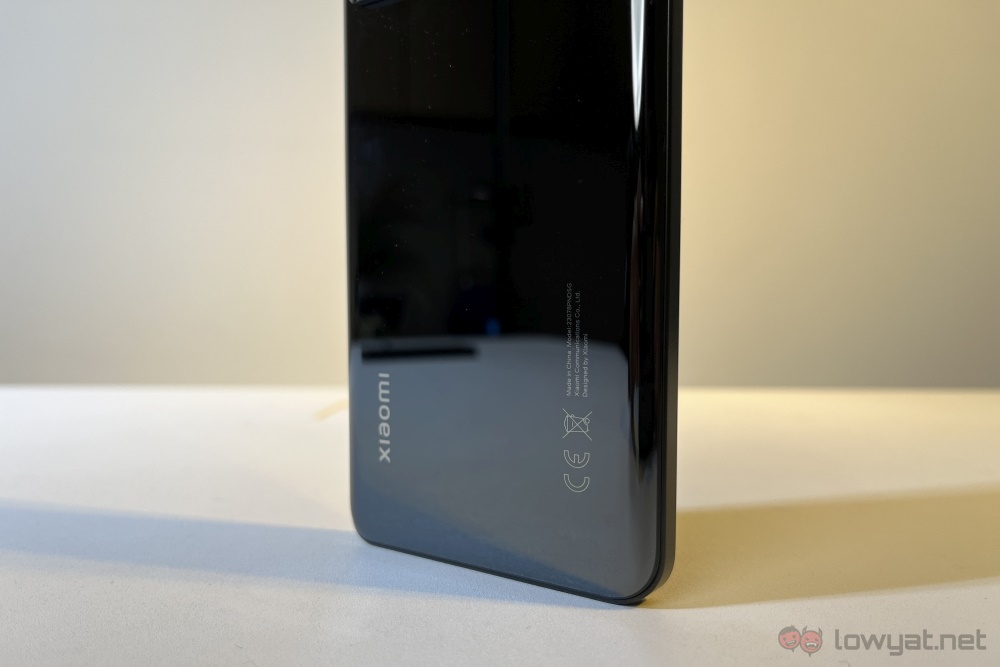
With its reflective back, the Xiaomi 13T Pro is one of those phones that would draw eyes when left on a table. It also helps that it has the Leica branding printed on the camera island, which may or may not be a conversation starter, depending on the company you keep. It is also a major fingerprint magnet, so it’s a good thing that Xiaomi is among the brands that still provide a case in the box.
It is also surprisingly light for a Xiaomi phone; compared to previous phones that came our way, I distinctly remember the heft that some them have. The edges on the back of the phone are also rounded for a more comfortable grip, which is always nice, even if they are not as necessary here thanks to the reduced weight.
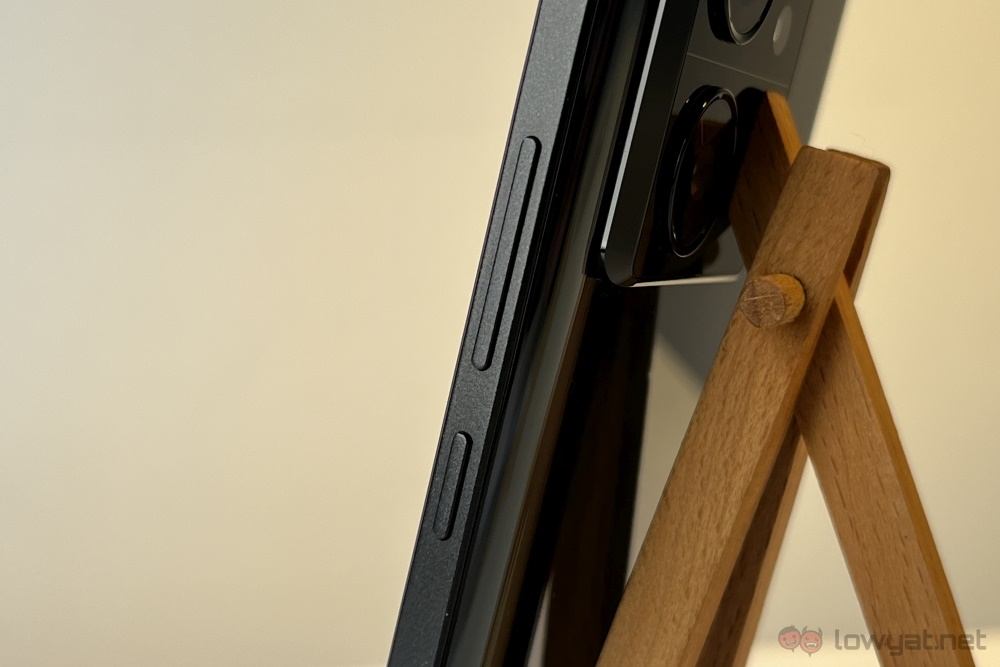
Beyond that, the Xiaomi 13T Pro doesn’t deviate much when it comes to conventional smartphone design. It has its USB-C charging port at the bottom as well as the power button and volume rocker on the right.
Performance & Battery
The Xiaomi 13T Pro runs Android 13 and its own MIUI 14 overlay, and with its Dimensity 9200 Plus chipset, user experience is as smooth as they come. I also have no complaints when it comes to sheer number-crunching capabilities either, as synthetic benchmarks and real world gaming experiences are both smooth as well.
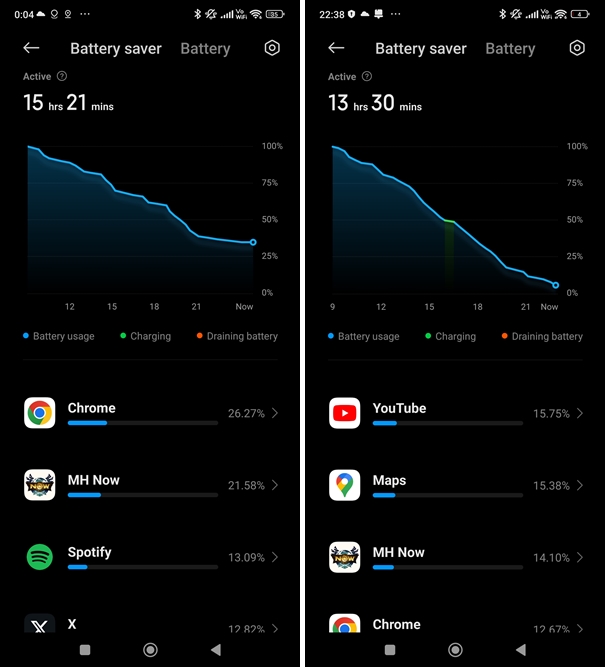
With that being said, our review unit does come with some issues with some of its wireless tech. Specifically, with the stability of its Bluetooth connectivity and its GPS signal reception. Despite running Bluetooth 5.4, I’ve had issues with just about every Bluetooth device I have used with it. This ranges from two pairs of TWS earbuds and an FM transmitter with my car. On some days, I could use them with no issues at all. On others, they would randomly disconnect, with the only way to reconnect them to the phone involves either restarting the device in question or the phone itself.
Similarly, the GPS signal reception on the Xiaomi 13T Pro can be described as either inaccurate or simply poor. It’s never a fun time to get the “GPS signal lost” notification from Google Maps when driving in unfamiliar territory. That’s saying something as half of my navigating experience with the phone involves the dreaded line, with varying frequency.
In the same vein, it’s always some flavour of funny to see my position while playing Monster Hunter Now swing about like a 3D pendulum. This is nice when it helps spoof my GPS location and lets me hunt monsters that are normally out of reach, not so much when the game thinks I’m driving even when I’m sitting in my seat the whole time.

To not end this section on a sour note, we get to the battery life of the Xiaomi 13T Pro. This is fine, as it lasts just about as long as you would expect a phone of these days to last. With conservative use, you can expect to end the day with about half its charge left, but extensive use takes it down all the way to its last 5%. As a video marathon device, you can get slightly under 16 hours of playback time. Charging time is slightly over half an hour using the cable and brick that came with the phone, making full use of its 120W charging rate.
Camera
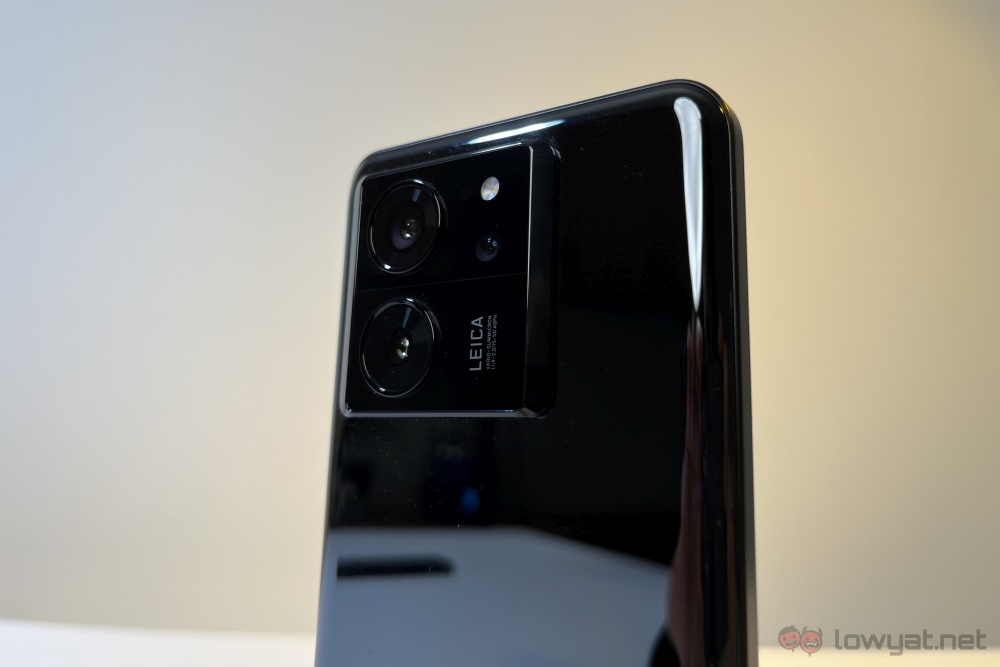
For its cameras, the Xiaomi 13T Pro comes with a 50MP main + 50MP telephoto + 12MP wide-angle shooter combo. Naturally, the draw here is the Leica lenses that these cameras make use of. That being the case though, your mileage may vary as to whether the big name camera brand being tagged on there means anything substantial in terms of image quality.
Under good lighting, images are sharp, and detail retention is great. But this dips quite dramatically as the surroundings get dimmer, and the AI kicks in to walk the fine line between visibility and keeping details. Often, it leans towards the former, so images do tend to look brighter than it actually is. Which can be great if it didn’t affect details, not to mention that it can be exacerbated by the shallow depth of field.
Sample Images
Competition
Samsung Galaxy S23 FE
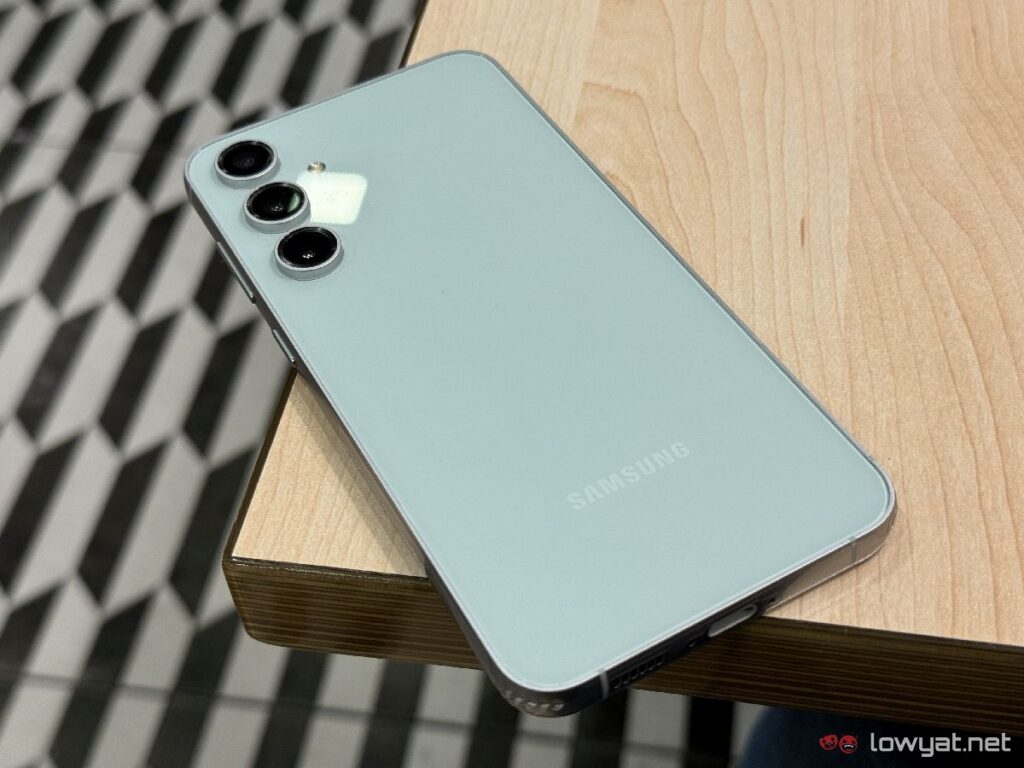
The Samsung Galaxy S23 FE is a pretty comparable phone in terms of price, costing RM2,999 or RM3,299, depending on storage capacity. Beyond that, we’re looking at a phone with a 6.4-inch Dynamic AMOLED Full HD+ screen with a 120Hz refresh rate, an Exynos 2200 chipset, and a 4,500mAh. It doesn’t do fast charging, which would be a point in favour of the Xiaomi 13T Pro.
For its cameras, it has got a 50MP main, 12MP wide angle, and 8MP telephoto shooter combo at the back. In front, it instead has a 10MP unit sitting in a punch-hole cutout.
OPPO Reno10 Pro Plus
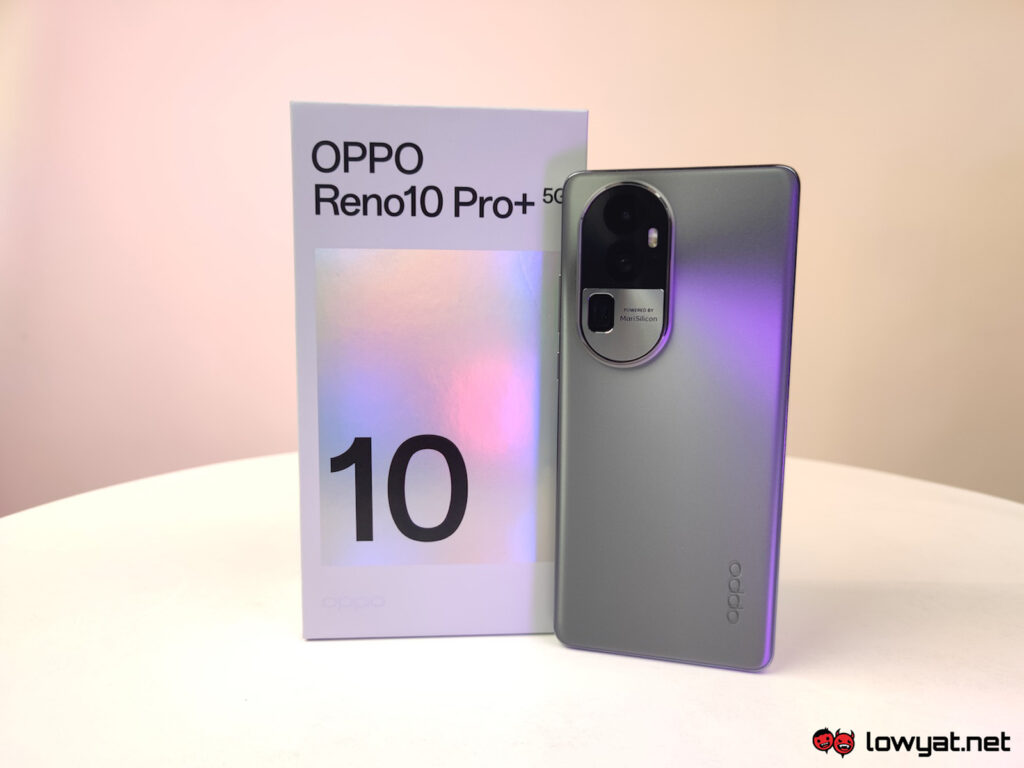
As the premium device within its range, the OPPO Reno10 Pro Plus has the most comparable price to the Xiaomi 13T Pro, costing RM3,499. It is equipped with a 6.74-inch 2,772 x 1,240 AMOLED screen with a 120Hz refresh rate, a Qualcomm Snapdragon 8 Plus Gen 1 chipset, 12GB of RAM, and 256GB of storage space. The battery is rated at 4,700mAh, with a 100W charging rate.
Its three cameras at the back are a 50MP main, 64MP telephoto, and 8MP wide-angle shooter setup. In front, it has a 32MP camera sitting in a punch-hole cutout.
Conclusion
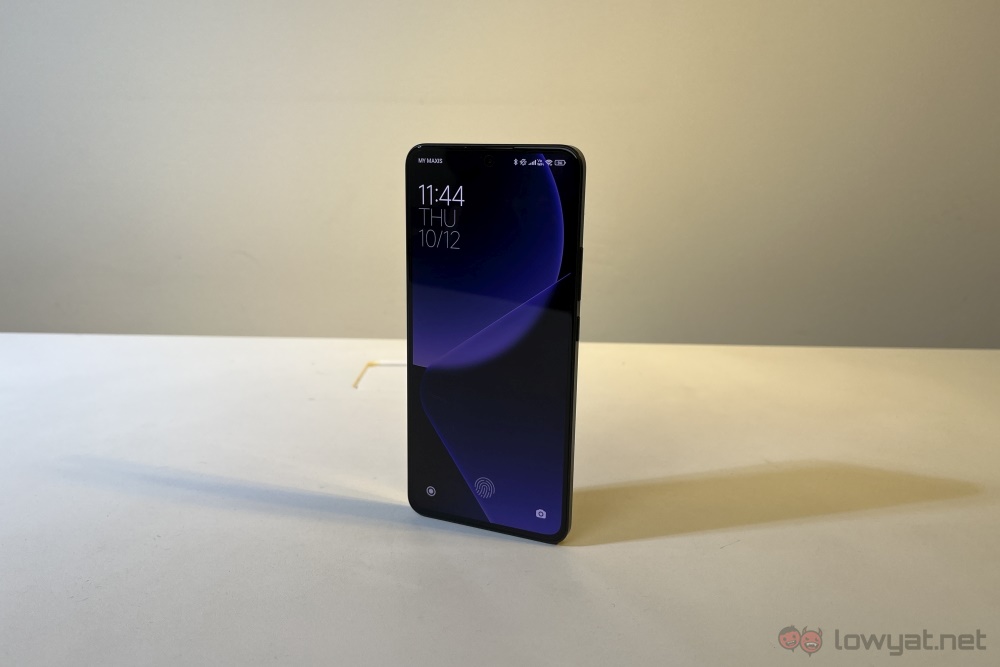
The Xiaomi 13T Pro is a perfectly fine phone for the most part. Every item on its spec sheet is respectable, and it feels really good in hand, what with its surprisingly low weight compared to many other phones produced by the brand. It also has a perfectly reasonable asking price by today’s standards. So overall, you probably wouldn’t find much fault with it.
Despite the Leica branding on the back of the phone, you’d be hard-pressed to see images that would proverbially knock your socks off. It’s not an unfair expectation, as the camera brand usually is in stark contrast with the asking price of the Xiaomi 13T Pro.
Unless, of course, the issue I faced with its Bluetooth and GPS while testing was not a one-off. If you make use of these features on the regular, it would be fair cause for caution.
Photography by Maheshan Mohan.
Follow us on Instagram, Facebook, Twitter or Telegram for more updates and breaking news.


